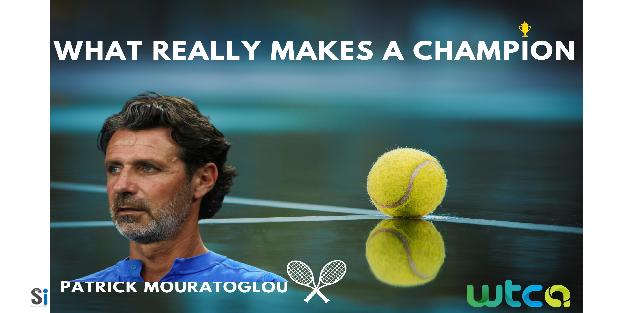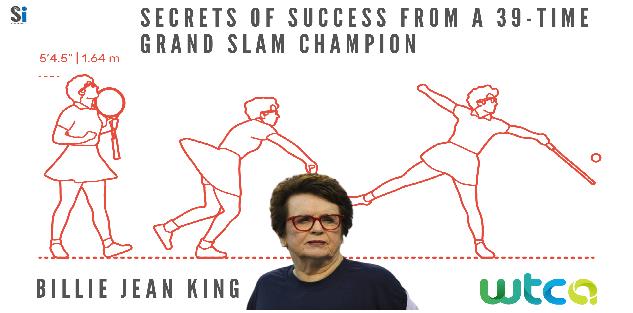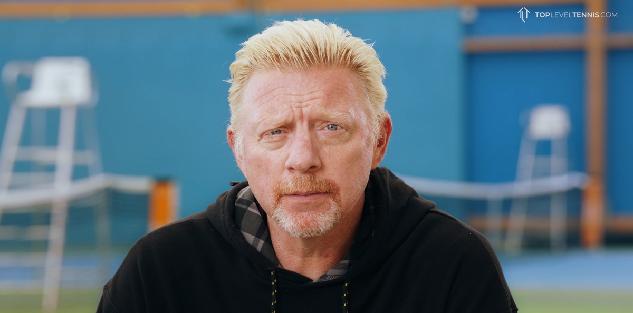Featured courses
- Four Tips to Turn Your Tennis Forehand Into a Weapon by Grant Young
- Tennis Legend Billie Jean King’s 4 Responsibilities as a Player by Grant Young
- Two Top Priorities For Success in Doubles Tennis by Grant Young
- Three of Tennis Whiz Lisa Dodson’s Tips to Improve Serves by Grant Young
- Three Elite Tennis Ball Machine Drills by Grant Young
- Three Keys For Correcting Tennis Serving Mechanics by Grant Young
- Five Tactical Tips to Win More Tennis Matches by Grant Young
- 4 Lessons Patrick Mouratoglou Learned From Coaching Serena Williams by Grant Young
- Four Effective Backhand Tennis Drills by Grant Young
- Two of Legendary Tennis Coach Paul Annacone’s Crucial Player Development Tips by Grant Young
- A Step-By-Step Guide To Mastering The Serve by Krsto Arsenijevic
- How to Dominate the Clay Court in Tennis by Krsto Arsenijevic
- 10 Essential Tennis Drills Every Coach Should Know by Brandon Ogle
- 8 Pre-Game Exercises to Prime Your Tennis Team for Competition by Neil Brown
- 7 Proven Tips To Develop Your Net Game in Tennis by Krsto Arsenijevic
- 10 Essential Tennis Drills Every Coach Should Know by Krsto Arsenijevic
- Developing Players - Two-handed backhand by Ramon Osa
- 6 Simple Warm-up Exercises For Tennis Players by Krsto Arsenijevic
- How to Beat a Serve-and-Volley Player by Krsto Arsenijevic
- How To Build Your Kinetic Chain Like Djokovic by Aiden Lefebvre
- How to neutralize a lefty in Tennis by Aiden Lefebvre
- 5 Tips To Improve Your Tennis Game Today by Krsto Arsenijevic
- Everything You Need to Know Before Buying New Tennis Shoes by Brandon Ogle
- Amp up your tennis practice with situational play by Neil Brown
- Tennis Equipment List by Brandon Ogle
- How to Master The One-handed Backhand in Tennis by Krsto Arsenijevic
- Modern High School Tennis Coaching Obstacles by Neil Brown
- Increase Your Tennis Fitness Level With 3 Easy Drills by Krsto Arsenijevic
- How to Successfully Hit a Two-Handed Backhand by Brandon Ogle
- How to Become a Grass Court Specialist in Tennis by Brandon Ogle
- How to Dominate the Hard-Court like Serena Williams by Brandon Ogle
- Hit a Drop Shot to Keep Your Opponent Off-Balance by Brandon Ogle
- New Tennis Injury Findings Linked to Neutral & Closed Stances by Oscar Wegner
- CHATTING WITH TENNIS PRO BRUCE CONNORS by Brandon
- How to Become a Mentally Strong Tennis Player by Brandon Ogle
- How to Win the Game of Angles by Hitting Cross-Court Shots by Eric Mahnke
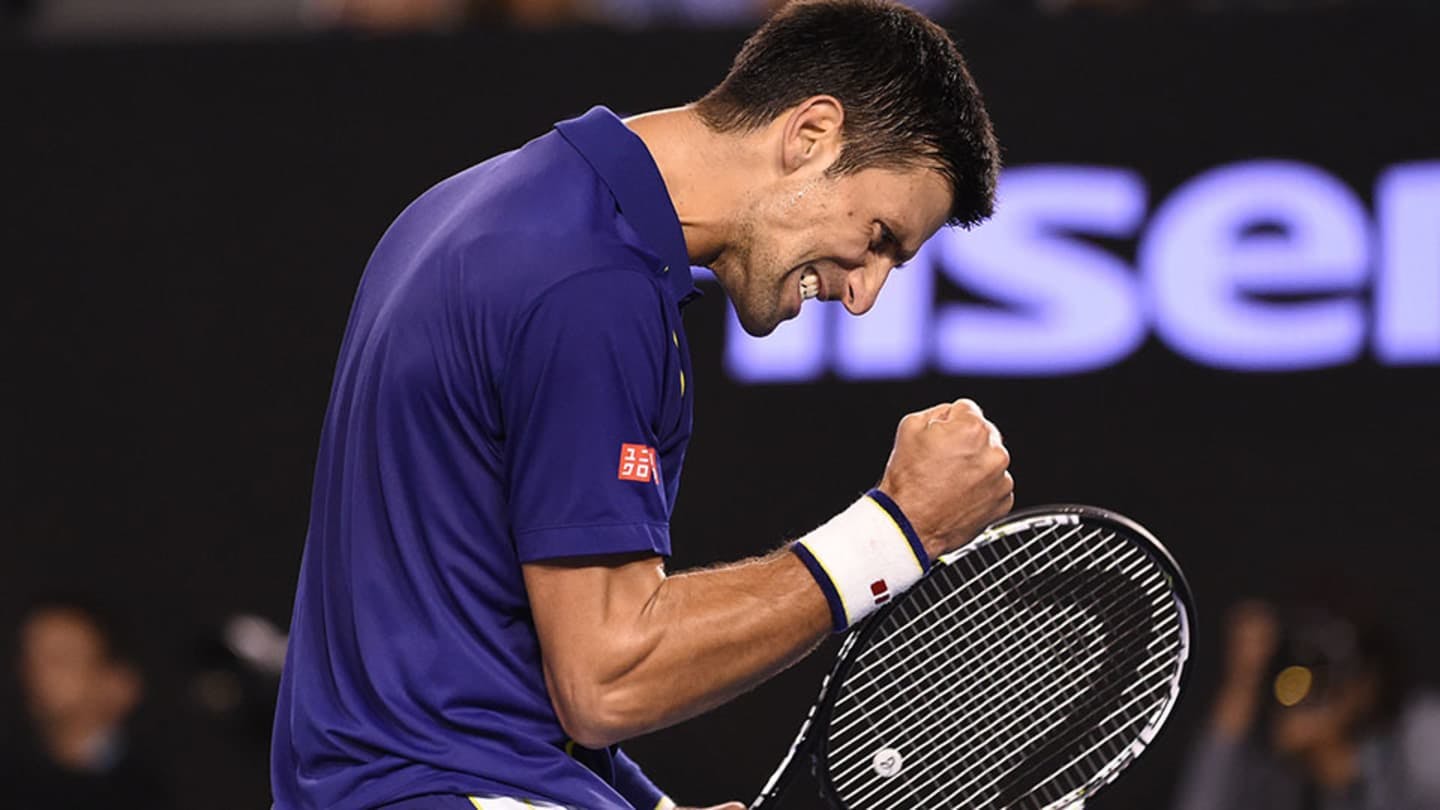
Five Tactical Tips to Win More Tennis Matches
- By Grant Young
In the world of building tennis strategies, it’s easy to assume that skill and mental fortitude alone guarantee victory. However, even the most talented players can find themselves on the losing end of a match due to poor tactical planning. This phenomenon highlights the importance of strategy in the high-stakes environment of professional tennis, where fine details can make or break a game.
Here are some key points illustrating how inadequate tactical planning can lead to unexpected losses:
- Failure to Analyze Opponent: A player may overlook the importance of studying their opponent’s previous matches and tendencies, missing crucial weaknesses that could be exploited.
- Rigid Strategy: Sticking to a pre-determined game plan without adapting to the ongoing dynamics of the match can make a player predictable and vulnerable.
- Ignoring Court Conditions: Not adjusting tactics for specific court surfaces or weather conditions can hinder a player's performance and lead to poor shot selection.
- Overconfidence in Skill: Relying solely on their natural talent may cause a player to neglect strategic adjustments, creating holes in their game that an opponent can exploit.
- Poor Shot Selection: Choosing aggressive shots instead of playing defensively at critical moments can lead to unforced errors, shifting momentum in favor of the opponent.
- Mental Frustration: When a player encounters unexpected challenges, failing to adjust their tactics can lead to frustration and a decline in mental focus, further compromising their performance.
Thankfully, grasping just a few key technical tips can set any player up for success in whatever matches they find themselves in. And few tennis coaches are better suited to dish these tips out than Marcin Bieniek.
Coach Bieniek is a professional tennis coach and an author of tennis instructional book "Tenisowy Olimp". He started tennis at the age of 7 and continued his career to achieve a Top 10 rank in U12, U14, U16, U18 in Poland. He was competing on the international level and managed to get the highest ITF rank #475. As a coach, Marcin is certified by Polish Tennis Association, Professional Tennis Registry (Professional degree) and by International Tennis Performance Association (CTPS level).
In his ‘Tactical plan to win a tennis match’ clinic, Coach Bieniek details tennis match tactics such as baseline game, net game, serving, and returning that will teach you how to think tactically and discover options that will give you advantages in a match against any opponent. We have pulled five of his tactics and included them below.
Introduction
Coach Bieniek conveys five of his most pressing tactical tips to help players win tennis matches.
1. Cross-Court Power: He believes that a player should focus their practice and game energy on hitting cross court shots. Coach Bieniek asserts this is a great tactic because it’s more difficult to defend and will get an opponent more tired than straight line shots. As a result, the opponent will get more tired and make more mistakes as the match progresses.
2. The Key of Positioning: Coach Bieniek explains that just knowing the correct positioning during a match can often be the difference between winning and losing, given that so many players have improper positioning. Some of his tips in this regard include not listening to the common adage “recover to the middle of the court” at all times. Instead, Coach Bieniek says that the only time you should do this is after you hit it to the center of the court.
Instead, players should use the tactic of following their shot so that they’re always in the middle of whichever angle their opponent can hit their shot back from.
3. Power of Tactical Basics: In this section, Coach Bieniek stresses the importance of getting back to the basics when a tennis player is struggling in a match. For example, this could be using and leaning in to your individual strengths as a player, whatever those may be. In addition to that, understanding and recognizing your weaknesses is a great basic tactic that can help you realize what your opponent might be trying to do against you or how you might be susceptible.
4. Variety of Serving Pressure
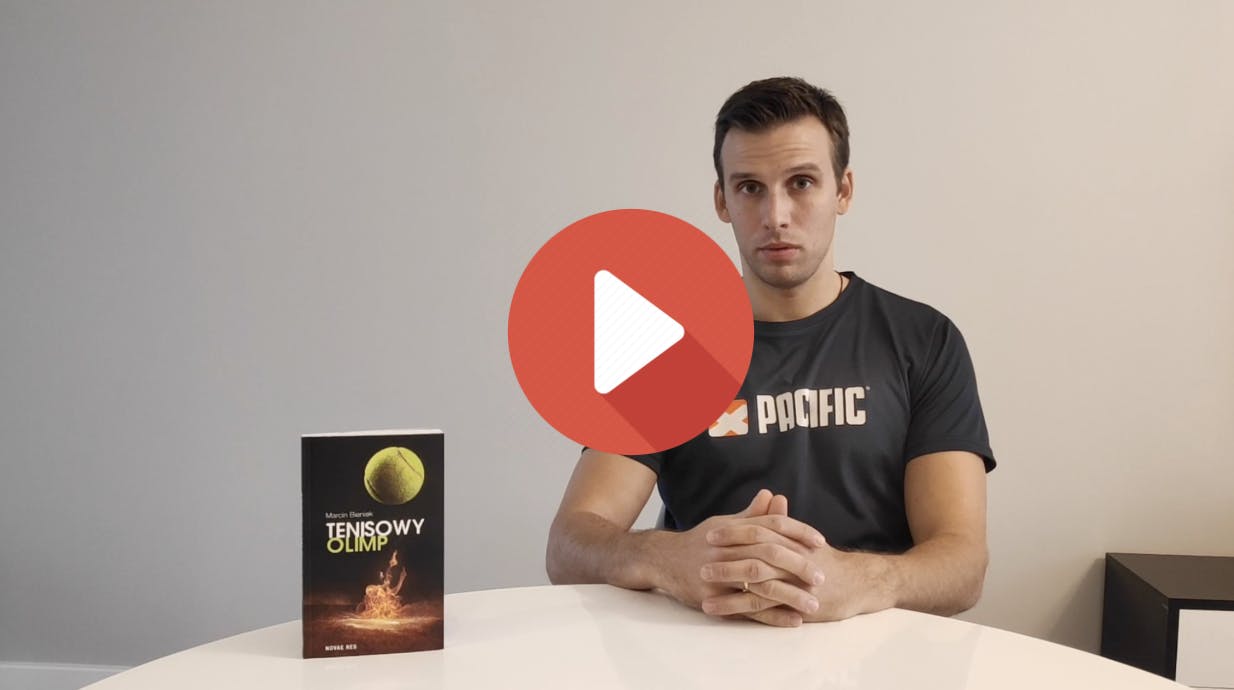
Another tactic that Coach Bieniek swears by is having a variety of different pressures and speeds when executing a serve. This will keep your opponent guessing and unable to fall into a rhythm when your serve. In addition, using a variety of different serves will help you to identify what the opponent’s weaknesses are, which will allow you to exploit them and gain the upper hand.
5. Returning With Plan: For his fifth and final tactic, Coach Bieniek conveys that a player should always have a plan in mind for how they want to return the serve so that they’re not merely reactionary to whatever their opponent’s serve plan is, which is when the most amount of mistakes arrive.
While this is true, Coach Bieniek also conveys that a player must be able to adapt if their plan doesn’t work out in the way they had imagined, because this is a key aspect of having mental strength and being able to persevere enough to win a match.

